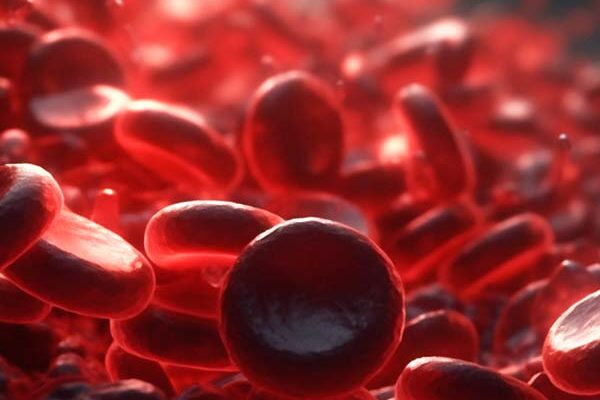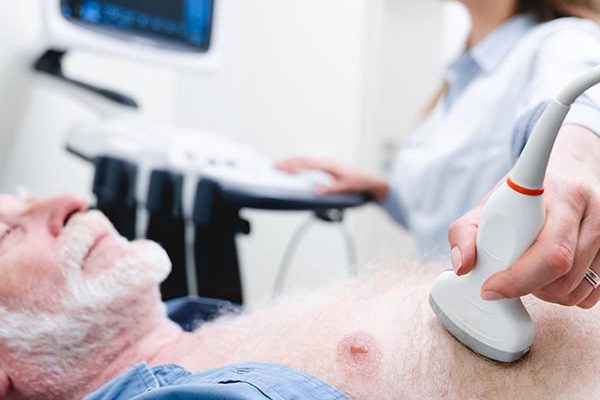Mass spectrometry assay measuring 3′-deoxy-3′,4′-didehydro-cytidine (ddhC) to quantitatively detect active viral infections
Proposed Use
ddhC levels rise on the onset of viral infection and fall as it clears, allowing this assay to detect active viral infection in humans, using multiple biofluid sample types.
Problem Addressed
Current viral diagnosis approaches do not meet clinical need; a syndromic viral diagnosis is often inferred from a failure to detect bacteria, while molecular (PCR) tests can only test for specific viral infections and cannot distinguish between active and past infection. This assay allows clinicians to rapidly differentiate between viral, bacterial and other febrile presentations with greater precision reducing the spread of viral infection whilst also limiting antibiotic usage, therefore mitigating antibiotic resistance.
Technology overview
A rapid and precise assay using liquid chromatography and mass spectrometry to accurately measure 3′-deoxy-3′,4′-didehydro-cytidine (ddhC) in biofluid samples to diagnose active viral infections.
The sample preparation consists of simple protein precipitation by organic solvents. The accuracy of the test is ensured by using a stable isotope labelled internal standard of ddhC. The results obtained from the test not only indicate the presence of ddhC confirming viral infection but also quantify its concentration in the sample in less than 10 minutes.
As the assay measures the concentration of a single molecule it eliminates the need for detecting multiple signatures. This significantly improves cost efficiency whilst maintaining sensitivity and specificity.
Intellectual property information
A GB priority patent application was filed on 22nd March 2024




